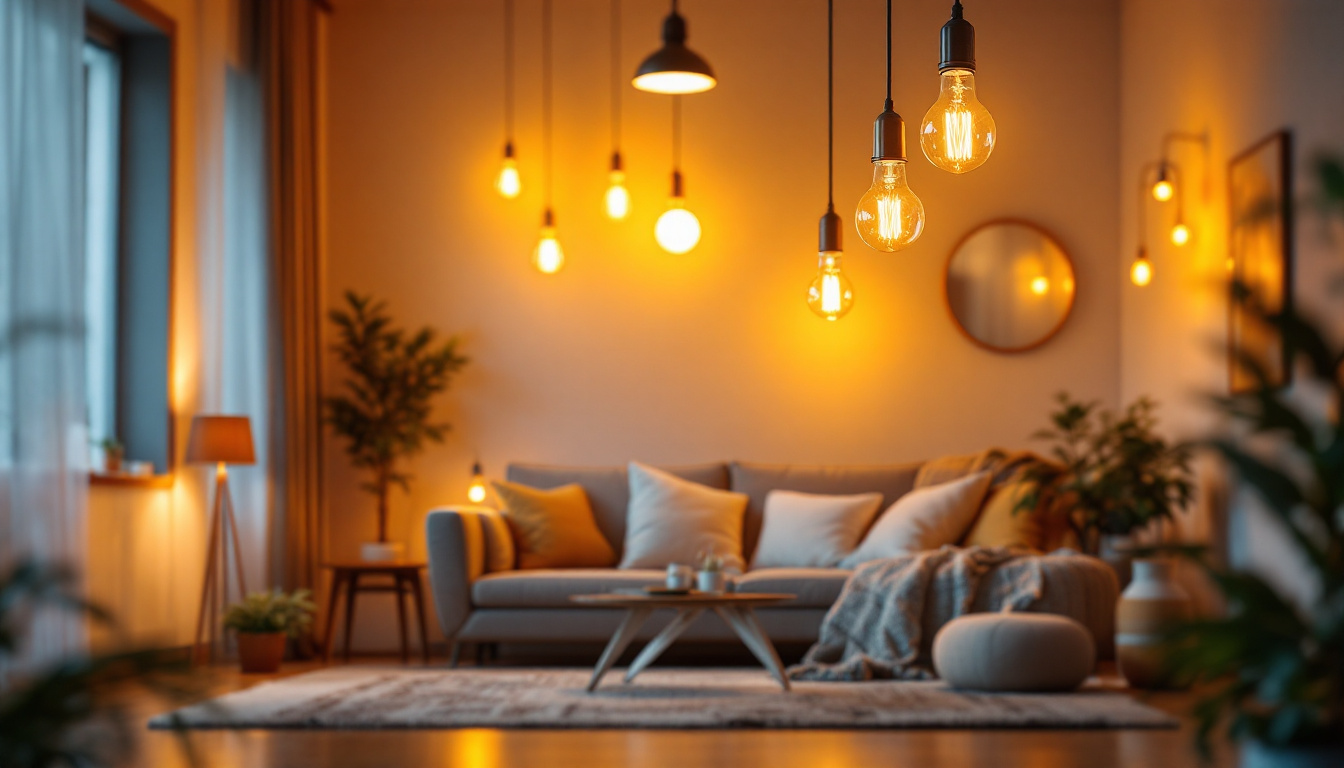
In the world of modern lighting, LED technology has emerged as a game-changer, offering unparalleled efficiency and versatility. For lighting contractors, understanding how to optimize LED lights in residential settings is crucial for delivering value to clients while maximizing energy savings. This article delves into the best practices for optimizing LED lighting in homes, ensuring that both contractors and homeowners benefit from this innovative technology.
Before diving into optimization strategies, it’s essential to grasp the fundamentals of LED technology. LED, or Light Emitting Diode, is a semiconductor device that emits light when an electric current passes through it. This technology is fundamentally different from traditional incandescent or fluorescent bulbs, leading to various advantages. The development of LED technology has revolutionized the lighting industry, paving the way for innovative applications in both residential and commercial settings. As the demand for energy-efficient solutions grows, understanding the intricacies of LED technology becomes increasingly important for consumers and professionals alike.
One of the most significant benefits of LED lights is their energy efficiency. LEDs consume significantly less power compared to incandescent and fluorescent bulbs, which translates to lower electricity bills for homeowners. This efficiency is particularly beneficial in larger homes where lighting needs can be extensive. In fact, studies have shown that switching to LED lighting can reduce energy consumption by up to 80%, which not only benefits the wallet but also contributes to a reduction in carbon footprint. As more individuals and businesses prioritize sustainability, the shift towards LED technology becomes a critical step in promoting environmental responsibility.
LED lights have a much longer lifespan, often lasting up to 25,000 hours or more. This longevity reduces the frequency of replacements, which can be a considerable advantage for homeowners looking to minimize maintenance costs. Additionally, LEDs are more durable and resistant to breakage compared to traditional bulbs, making them a safer choice for various applications. Their solid-state construction means they are less susceptible to damage from shocks and vibrations, which is particularly advantageous in high-traffic areas or outdoor settings. Furthermore, the reduced waste generated from fewer bulb replacements aligns with eco-friendly practices, making LEDs a responsible choice for environmentally-conscious consumers.
LEDs offer a wide range of color temperatures, allowing homeowners to choose the ambiance they desire. From warm white to cool daylight, the flexibility in light quality can enhance the aesthetic appeal of any room. Understanding these options enables contractors to provide tailored lighting solutions that meet the specific needs of their clients. Moreover, the ability to dim LED lights without compromising their color quality adds another layer of versatility, allowing for dynamic lighting designs that can adapt to different occasions. This adaptability is particularly useful in spaces such as living rooms, where the lighting can shift from bright and energizing during the day to soft and relaxing in the evening, creating a perfect environment for any activity.
Placement is a critical factor in maximizing the efficiency of LED lights. Strategic positioning can enhance the overall lighting quality while minimizing energy consumption. Here are some key considerations for optimal placement.
Implementing a layered lighting design is essential for creating a well-lit environment. This approach combines ambient, task, and accent lighting to achieve a balanced illumination. By using LEDs in various layers, contractors can ensure that spaces are not only functional but also aesthetically pleasing. For example, in a dining area, ambient lighting can create a warm atmosphere, while task lighting over the table can facilitate meal preparation and reading menus. Accent lighting can highlight artwork or architectural features, adding depth and interest to the overall design.
Incorporating natural light into the lighting design can significantly reduce reliance on artificial lighting during the day. Positioning LED fixtures to complement windows and skylights can enhance the overall brightness of a room while minimizing energy use. Contractors should assess each room’s layout to maximize the benefits of natural light. Additionally, the use of reflective surfaces, such as mirrors or light-colored walls, can help distribute natural light more effectively throughout the space, creating a brighter and more inviting atmosphere without the need for excessive electrical lighting.
Understanding the specific functions of each room is vital when placing LED lights. For instance, task-oriented spaces like kitchens and home offices may require brighter, focused lighting, while living rooms may benefit from softer, ambient lighting. Tailoring the lighting to the room’s purpose can improve both efficiency and user satisfaction. Furthermore, it is beneficial to consider the time of day when the room is most frequently used. For example, in a home office, adjustable LED fixtures can provide adequate lighting for early morning work sessions or late-night projects, ensuring that users can adapt the brightness to their needs. This flexibility not only enhances productivity but also contributes to a more comfortable and inviting workspace.
Not all LED fixtures are created equal, and selecting the right ones is crucial for optimizing lighting efficiency. Various types of fixtures can cater to different needs and preferences.
Recessed lighting is a popular choice for modern homes, offering a sleek and unobtrusive look. These fixtures can be strategically placed to provide even illumination throughout a space. When selecting recessed LEDs, it’s important to consider the beam angle and lumen output to ensure adequate lighting.
smart LED technology allows homeowners to control their lighting remotely, offering convenience and customization. These systems can be programmed to adjust brightness and color temperature based on the time of day or specific activities. Incorporating smart solutions can enhance energy efficiency by ensuring lights are only on when needed.
Outdoor lighting is just as important as indoor lighting, and LEDs offer excellent options for exterior applications. From pathway lights to floodlights, outdoor LED fixtures can enhance safety and security while being energy-efficient. Selecting weather-resistant fixtures is essential for durability in outdoor settings.
In addition to choosing the right fixtures and placement, implementing energy management strategies can further optimize LED lighting efficiency. These strategies can help contractors provide comprehensive solutions to their clients.
Integrating lighting controls such as dimmers, timers, and occupancy sensors can significantly enhance energy efficiency. Dimmers allow homeowners to adjust the brightness according to their needs, while timers can ensure lights are turned off when not in use. Occupancy sensors automatically turn lights on and off based on movement, reducing energy waste.
Regular maintenance of LED fixtures is essential for ensuring optimal performance. Dust and debris can accumulate on fixtures, diminishing their efficiency. Contractors should advise homeowners on proper cleaning techniques and the importance of timely upgrades to newer, more efficient models as technology advances.
Education plays a crucial role in optimizing LED lighting efficiency. Contractors should take the time to explain the benefits of LED technology, including energy savings and longevity, to homeowners. Providing guidance on how to use lighting controls effectively can also empower clients to make informed decisions about their lighting needs.
While the initial investment in LED lighting may be higher than traditional options, the long-term savings can be substantial. Understanding the cost implications can help contractors communicate the value of LED installations to homeowners.
Homeowners may be hesitant to invest in LED lighting due to the upfront costs. However, it’s essential to emphasize the long-term savings on energy bills and reduced maintenance costs. Over time, the return on investment can be significant, making LED lighting a financially sound choice.
Many regions offer incentives and rebates for homeowners who upgrade to energy-efficient lighting solutions. Contractors should stay informed about local programs and encourage clients to take advantage of these opportunities. This can further reduce the overall cost of LED installations and promote energy-efficient practices.
Conducting a life cycle cost analysis can provide a comprehensive view of the financial benefits of LED lighting. This analysis considers not only the initial purchase price but also the costs associated with energy consumption, maintenance, and replacement. Presenting this information can help homeowners make informed decisions about their lighting choices.
The lighting industry is continually evolving, with new trends and technologies emerging regularly. Staying ahead of these trends can position contractors as leaders in the field and provide clients with the best solutions.
Human-centric lighting focuses on creating environments that support human health and well-being. This approach considers factors such as circadian rhythms and the psychological effects of light. As awareness of these concepts grows, contractors may find opportunities to implement human-centric lighting solutions in residential projects.
As smart home technology becomes more prevalent, the integration of LED lighting with other smart systems will likely increase. This trend allows for seamless control of lighting alongside heating, cooling, and security systems. Contractors should familiarize themselves with these integrations to offer comprehensive smart home solutions.
Ongoing advancements in LED technology will continue to improve efficiency, color rendering, and customization options. Staying informed about these developments can help contractors recommend the latest products and ensure clients benefit from the most up-to-date solutions.
Optimizing LED lighting in residential settings requires a comprehensive understanding of the technology, strategic placement, and effective energy management practices. By focusing on these aspects, lighting contractors can provide exceptional value to their clients while promoting energy efficiency and sustainability. As the industry continues to evolve, staying informed about trends and advancements will be key to maintaining a competitive edge. Embracing LED technology not only benefits homeowners but also contributes to a more sustainable future for all.
Ready to elevate your lighting projects with the efficiency and sustainability of LED technology? At LumenWholesale, we provide lighting contractors with the highest quality, spec-grade LED lighting products at unbeatable wholesale prices. Say goodbye to local distributor markups and hello to a vast selection of reliable lighting solutions that meet rigorous industry standards. With the added convenience of free shipping on bulk orders, LumenWholesale is your go-to source for premium lighting without the premium price tag. Don’t compromise on quality or value—visit LumenWholesale today and discover the best in wholesale lighting for your next project.
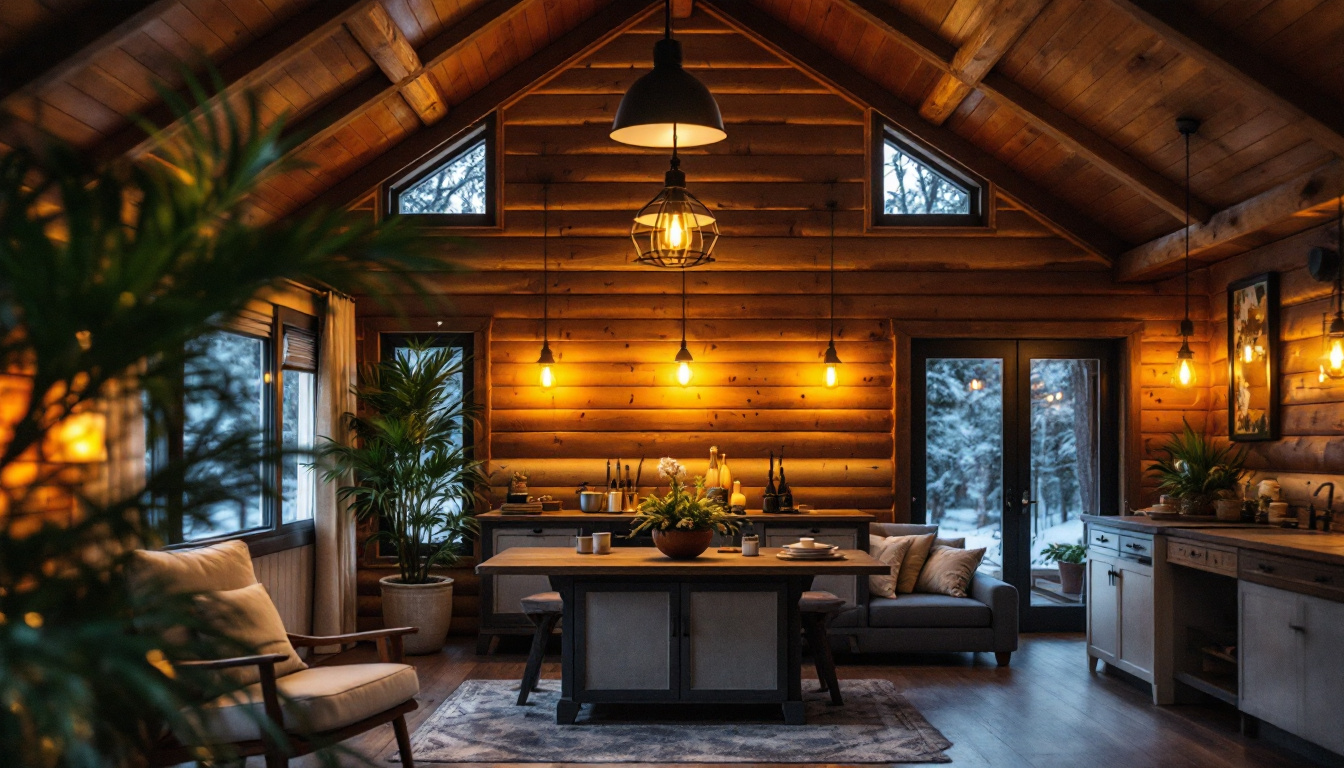
Explore the essential role of cabin lighting in modern design with our comprehensive guide for lighting contractors.
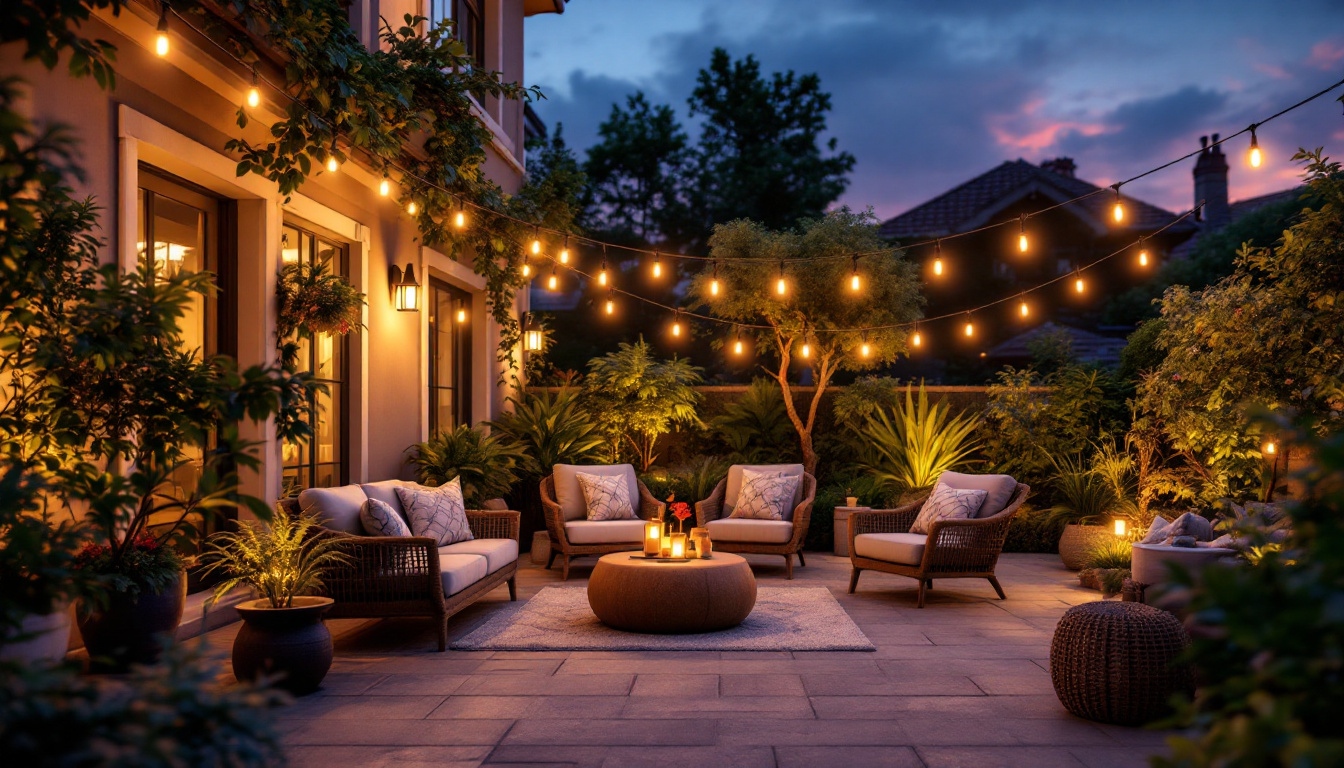
Discover the ultimate guide to outdoor solar patio lights with insights from top lighting contractors.
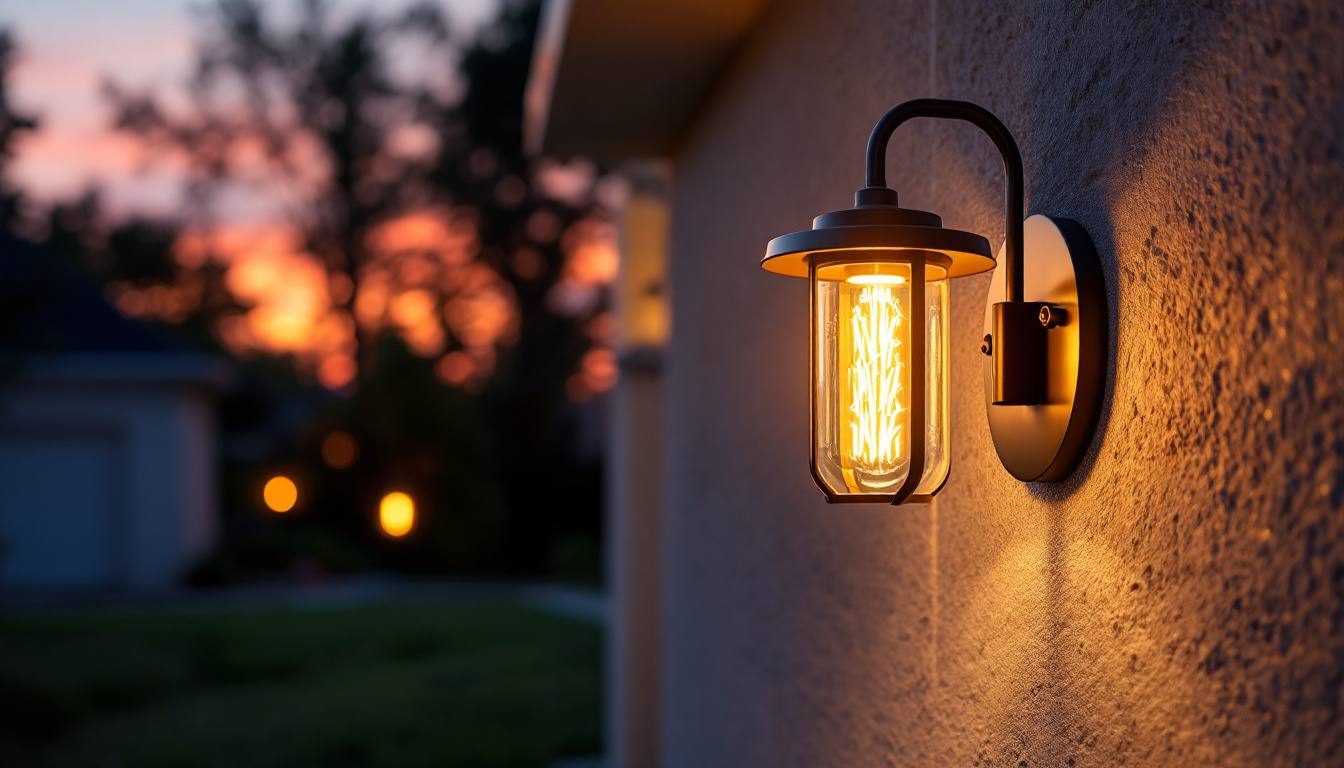
Discover the essentials of outdoor house lighting in just five minutes with this quick guide tailored for lighting contractors.
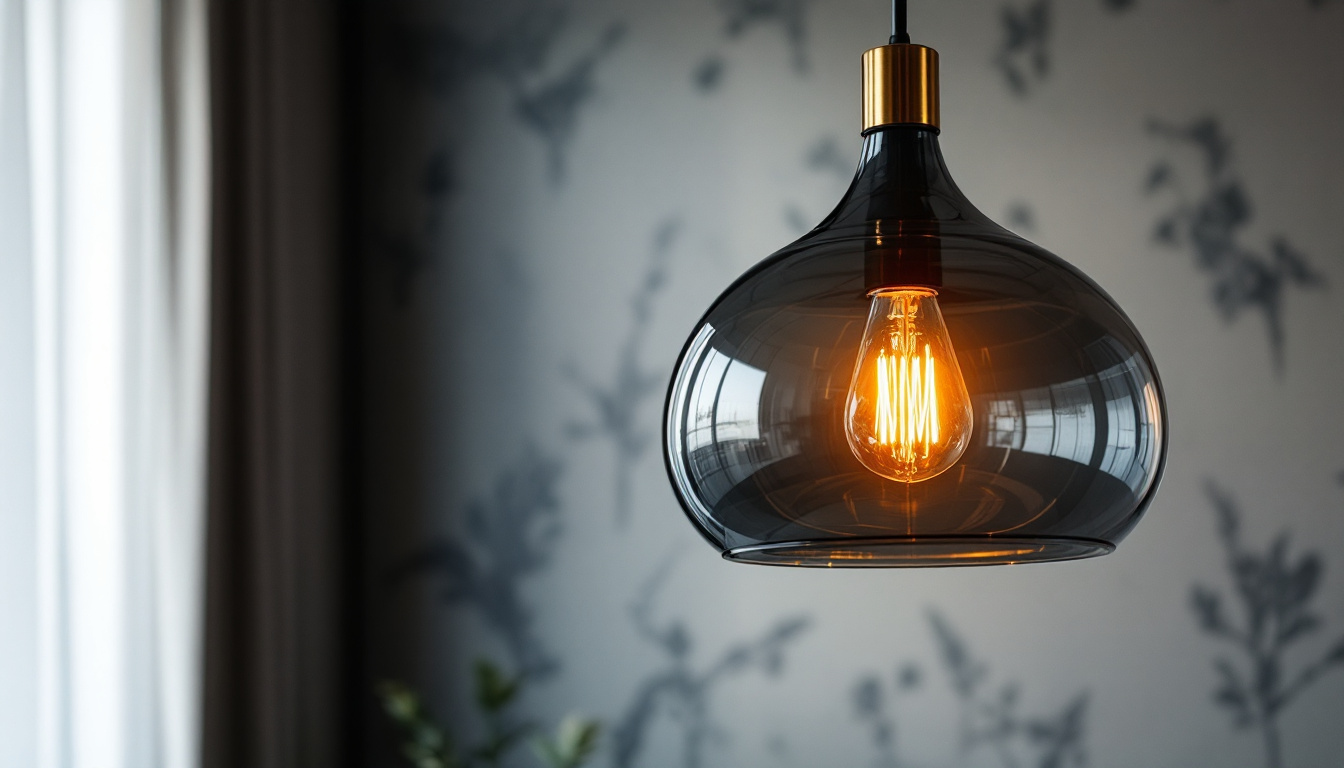
Discover the essential insights every lighting contractor needs to know about pendent lights.